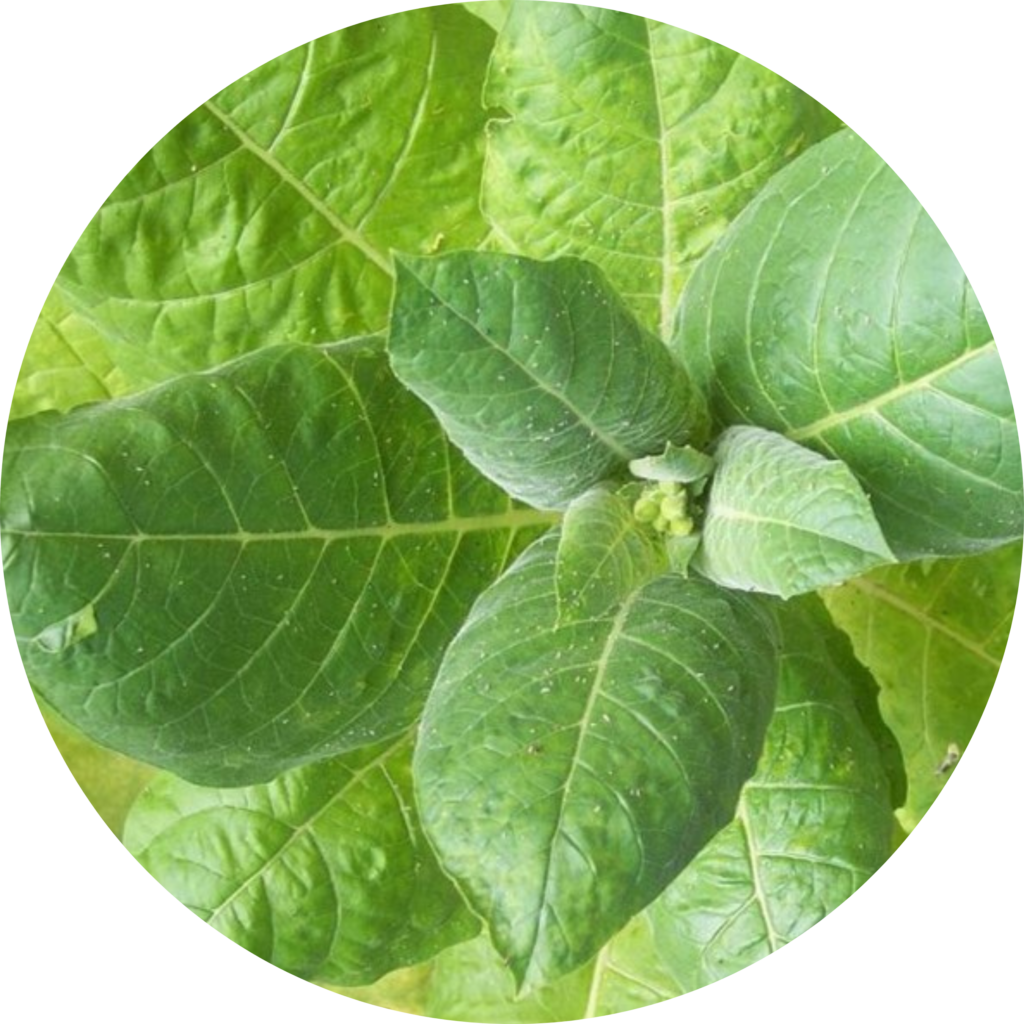
Project Focus
The tobacco prevention and control project focus on policy development, tobacco cessation and prevention by using culture as a prevention and education. Building and strengthening tribal capacity, developing culturally responsive/appropriate strategies and program opportunities, and providing education about the effective tobacco control measure. Are area of health promotion that is funded out of the Good health and Wellness in Indian Country (GHWIC) program. The GHWIC program is funded by CDC’s investment to improve tribal health.

Commercial Tobacco Cessation
Traditional Tobacco
Tribal Best Practices
Tribal Tobacco Policies
History
History
- Sacred + Commercial tobacco
- NPAIHB Program
- Global Commercial
History
History
- Sacred + Commercial tobacco
- NPAIHB Program
- Global Commercial
Tobacco Policy
Tobacco Policy
- Splitting
- Timeline doc
- Process
History
Overview of Tribal Tobacco Programs
Media & Resources
Data
Acknowledgments
Overview of Tribal Tobacco Programs
Overview of Tribal Tobacco Programs
- Map
- Photos
Resources
- Curiculum:
- Tobacco Cessation Curriculum (Mattie, Rosa, Kerri and I working on the most updated version).
- Other Tobacco Related Organizations
Contact
Coming soon.